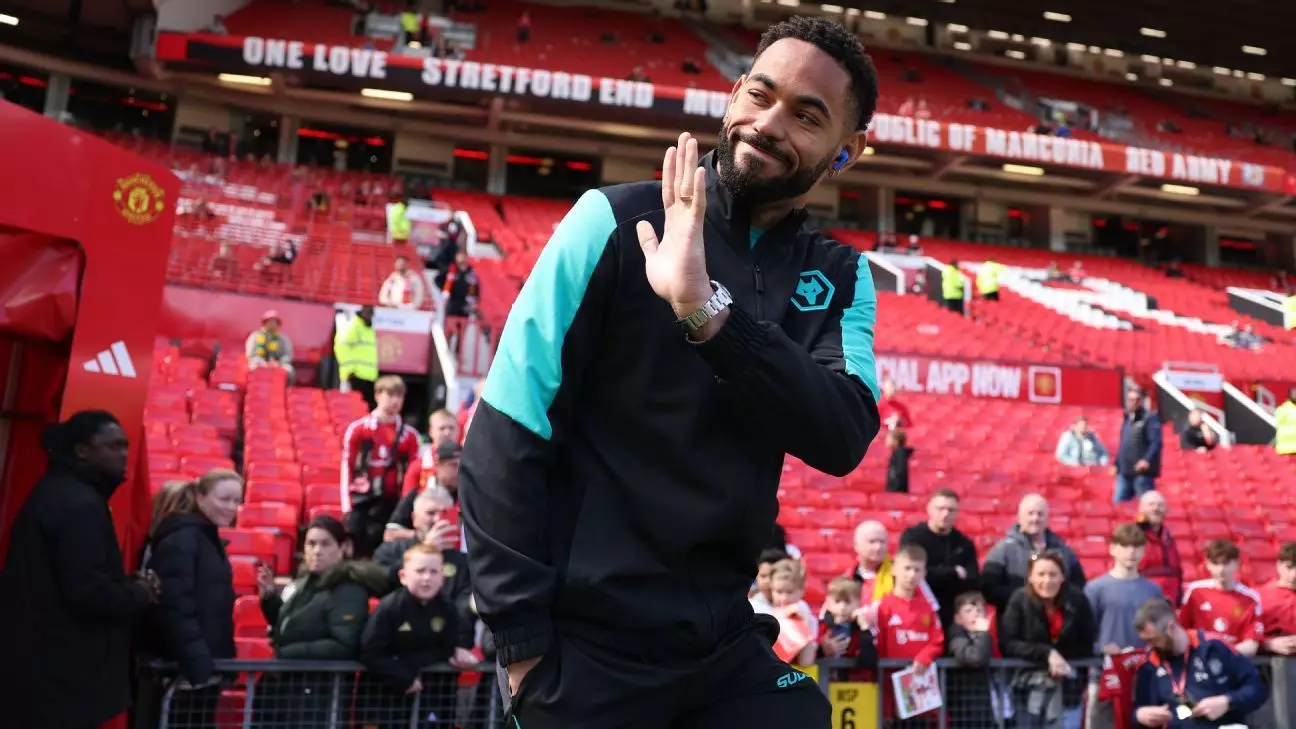The January transfer window of 2024 witnessed a striking uptick in spending, totaling an impressive £370 million, dwarfing last year’s modest £100 million. While many clubs have dipped into their pockets, it was Manchester City that took the lion’s share, shelling out a staggering £180 million. This trend reflects a growing pattern in top-flight football, where financial muscles are flexed to secure talent that can deliver immediate results. However, it’s essential to assess whether such expenditures will translate into consistent on-field success. Interestingly, while the January shake-up was substantial, it fell short of the record-setting £815 million spent in the previous summer. Nevertheless, the summer transfer window promises to be riveting, particularly with the notable two-phase format engineered around the Club World Cup.
Shifts in Transfer Mechanics
For the first time in Premier League history, the summer transfer window will be split into two segments. Opening from June 1-10, it will pause for six days before resuming on June 16. While fans eagerly await the flurry of activity during this time, it also raises questions. Will clubs strategize their moves to exploit gaps in the market, or will the split merely fragment the excitement? Moreover, as international deals often hinge on club participation in tournaments, many players may need to wait until July 1 before securing moves, making it crucial for teams to carefully map out their recruitment process. The shifts in this landscape are set to redefine how clubs prioritize their targets.
Wolves’ Strategic Acquisitions
Diving deeper into individual transfers, we see clubs like Wolverhampton Wanderers making purposeful signings that reflect their tactical ambitions. The £44 million acquisition of Cunha in 2022 exemplifies their foresight; despite initial skepticism over his lack of scoring prowess, he responded with commendable performances, contributing significantly to the team’s success. His evolution into a key player showcases the notion that talent must be nurtured in an environment that fosters growth. Under the tactical acumen of manager Rúben Amorim, Cunha not only fits seamlessly into their attacking setup but also embodies the leadership qualities that can galvanize a squad. Nonetheless, the potential pitfall lies in his volatile temperament, a facet that could undermine his contributions at critical junctures.
The Arrival of Young Stars
Young talents are increasingly garnering attention, as highlighted by Real Madrid’s swift acquisition of Dean Huijsen from Bournemouth for a reported £50 million. His skill set, reminiscent of a young Gerard Piqué, not only reflects the player’s raw potential but also Real Madrid’s commitment to securing top-tier talent at a young age. Such investments signal a willingness to challenge traditional norms in player acquisition, where youth is embraced in pursuit of long-term success. Bournemouth’s acceptance of a release clause emphasizes that clubs must recognize the balance between immediate gains and future risks, especially when cultivating emerging talent.
Wagering on Inexperienced Players
As we assess transfers across various clubs, Chelsea’s move to secure Geovany Quenda and leave Essugo in the shadows spotlights a broader trend: taking calculated risks on promising players. While some signings may not dominate headlines, they can ultimately prove invaluable as clubs navigate financial unpredictability. Chelsea’s acquisition strategy reflects both foresight and an understanding that every player can contribute meaningfully—even if they are not household names at the time of the deal. Moreover, the ongoing trend of players returning on loan further complicates the narrative. This arrangement not only allows teams to develop their assets but also gives players the much-needed experience on the pitch, bridging the gap between potential and performance.
The Complex Economy of Transfers
Liverpool’s transfer sagas also unfold within this multifaceted web of strategy and opportunity. By acquiring Jeremie Frimpong as a replacement for Trent Alexander-Arnold, they illustrate an astute approach to market fluctuations. The acquisition underscores a calculated pivot from established roles to more dynamic player profiles. Herein lies the essence: while some may view this as a loss of a priceless talent, Liverpool is sourcing an alternative that redefines expectations for that position. This transition is not merely about filling voids; it’s about redefining tactical setups and shaping club identity.
Balancing Long-term Vision and Immediate Success
When evaluating the transfer strategies employed across various clubs, it’s apparent that the most successful football institutions are those effectively blending short-term goals with long-range aspirations. Each signing not only addresses current squad deficiencies but also lays the groundwork for future triumphs. The calculated risk of investing in young, untested players may bring short-term uncertainty; nevertheless, it’s through such gambles that clubs can unlock transformative potential on the field. As teams gear up for the bustling summer window, this delicate balance will be paramount to their strategies. The football transfer market is indeed a compelling ecosystem of investment, hope, and ambition, where every deal can alter the course of a season—and, potentially, the future of a club.

